If you are getting serious about your quilting then you may be looking to get yourself a quilting machine. You are probably also starting to check out prices to see what you might be up for. Luckily for you, quilting machines come in a range of prices so almost anyone can get more serious about their hobby.
How Much Are Quilting Machines?
Quilting machines can vary in price from as little $150 all the way up to $40,000 and even more depending on any additional accessories you may want to purchase.
However, the price will depend heavily on what type of quilting machine you are looking for. Do you want a longarm quilting machine or a more traditional quilters sewing machine? (Scroll down to see what the difference is.)
- Longarm quilting machines are typically more expensive than traditional quilters sewing machines. They can be found for anywhere between $5,000 and $40,000.
- Traditional quilting sewing machines, on the other hand, can be found for as little as $150 on Amazon but they can also range up to and exceed $10,000.
Prices for Different Brands of Longarm Quilting Machines
Note that these prices are approximate only and are in US dollars. Also bear in mind that these prices may not always include the frame.
| Brand | Price Range | View |
|---|---|---|
| Grace | $3,500 to $11,000 | VIEW |
| King Quilter | $4,000 to $6,000 | VIEW |
| Consew | $4000 to $7,000 | VIEW |
| Gamill | $10,000 to $30,000 | VIEW |
| Millie | $11,000 to $21,000 | VIEW |
| Handi Quilter | $12,000 to $30,000 | VIEW |
| Bernina | $13,000 to $21,999 | VIEW |
Can you buy a longarm quilting machine online?
Yes definitely, although it will depend on which brand you want to purchase. Some brands sell most of their machines through dealers who have physical stores. They don’t allow online sales for specific models and don’t even allow dealers to advertise prices online.
However, there are still plenty of others that will sell you a machine online. Here are a couple to get you started:
- SewingsMachinePlus – sell a number of different longarm machines including Juki, Grace, Tin Lizzie, HandiQuilter, and King Quilter. They are family owned and have been in business for over 50 years.
- Amazon – Amazon doesn’t sell a huge range but they do have some Grace Quilting Machines like the Q’nique 15 and also the Juki TL 2010Q.
So what’s the difference between a Longarm and a Quilting Sewing Machine?
Long Arm machines:
- don’t have feed dogs
- can quilt bigger quilts
- will quilt faster than traditional machines
- able to make larger sweeping moves
- less impact on the body
- can only do free motion quilting or ruler quilting ie, can’t piece blocks or perform general sewing
- usually done standing up
- the machine moves not the quilt
- takes up a lot more room than a regular quilting machine
You can see in the image below an example of what a longarm quilting machine looks like. This one is available at Sewing Machines Plus.
Quilting Sewing Machines
- have feed dogs
- can only quilt small sections at a time
- takes longer to quilt than a longarm machine
- able to piece blocks and do other general sewing
- usually done sitting down
- the quilt moves, not the machine
- smaller and more compact than a longarm
In the image below, you can see an example of a more traditional style quilting machine. I have one of these Janome machines although it is an older model. It has a nice wide throat so you can get a large quilt in there by just rolling it up.
You can get this one on Amazon here.
Why Are Long Arm Quilting Machines More Expensive?
Longarm quilting machines are made for serious quilters. The machines are bigger (in fact, they can take up quite a bit of space) and are specialized to perform a specific task.
They allow you to quilt bigger quilts because the quilt sits on a frame and it allows you to move the machine over the quilt thereby reaching more areas much quicker.
Why is it so difficult to get a price on a longarm quilting machine?
It can be difficult at times to find prices for longarm quilting machines. The salesman is going to be a bit cagey about releasing prices because there are so many add-ons that can go into the mix.
Bear in mind too that the base price for a longarm quilting machine usually means the machine only.
This means that there will be an extra price for the frame because they come in different sizes – for example, 10ft, 12ft. So depending on what you chose, the price will change.
In addition to the extra cost for the frame, you may be up for even more costs for all of those extras that you may need or want including:
- laser light kit
- touchscreen display upgrade
- optional rear handles
- quilting robotics system
- warranty upgrades
- wheel castors
- gliding rail kit
- laser stylus
- ruler base
- hooping feet set
One of the biggest add-on costs is quilting robotic software. This is software that will allow your machine to stitch out the patterns for you. In other words, if you don’t want to manually stand there and quilt your pattern, you can get your machine to do it instead.
This software comes at a hefty price. For example, Pro-Stitcher is around $10,000!
So even if your machine and frame come to around $6000, when you add the software you are looking at $16,000. Yikes!
Quilting Sewing Machines
Most people who get into quilting usually stick with their regular sewing machine and it will work just fine but you can purchase sewing machines that are specifically made for quilters. These are a lot cheaper than a longarm quilting machine so are the most commonly used type of machine for quilters.
These look exactly like a sewing machine and work in the same way however there are a number of features that differentiate them from regular sewing machines. These include:
- Wider Throat – This is the distance between the needle and the inside side of the machine. The wider the throat, the better. You will still have to roll up the quilt to fit into the throat but the wider this gap, the bigger the quilt and also the more room you have to quilt larger patterns. You can see in the image below that this sewing machine has a very small throat and would not be a good choice for a quilter.
Now compare that to the Janome machine below with its nice wide throat.
- Extension table – An extension table allows you to lay the quilt out more evenly and better supports the quilt so that it doesn’t drag as much over the base of the machine. Almost all quilting machines these days come with an extension table or has one available as an optional accessory. In the image below you can see the Sew Steady extension table which you can get on Amazon here.
- Foot options – Most quilting machines will come with a quarter-inch foot for piecing and at least one free-motion foot. Here’s an example of one with a guide that allows you to line up your fabric against the side so you don’t veer off.
- Quilting stitches – On some quilting machines, you may find specific quilting stitches set up in the software. The Brother Dream Machine, for example, has 30 different quilting stitch options to choose from.
- Sewing plate – As a quilter, it’s always nice to see a quarter-inch marking on the sewing plate of a machine but unfortunately this isn’t the case on standard sewing machines. Quilting machines on the other hand usually have a quarter-inch mark or at the very least have an optional accessory plate that you can purchase with a quarter-inch marking.The Brother Dream Machine, for example, has a quarter-inch bobbin cover as you can see in the image below and you can see just behind the needle a quarter-inch marking on the steel plate.
Prices for Quilting Machines
In the table below, you will see some prices for some of the more popular quilting machines.
Note that prices are approximate.
| Machine | Price | View |
|---|---|---|
| Juki TL-2010Q | $1000 | VIEW |
| Janome MC6650 | $1600 | VIEW |
| Singer Confidence Quilter | $270 | VIEW |
What about a midarm machine?
Midarm is a relatively new term in the world of quilting machines and it can mean different things to different manufacturers.
As Leah Day says, it can be confusing:
Midarm is a term commonly used to describe either a semi-industrial, lockstitch home sewing machine OR a longarm with a smaller arm. The term is used randomly depending on who you’re talking to which makes it very confusing… Leah Day
A mid-arm quilting machine is smaller than a longarm machine. They look a lot like a regular sewing machine but are generally larger and more industrial looking.
They can also be orientated differently where you are facing the edge of the machine instead of the front. You can see how this looks in the image below. This is the Sweet Sixteen Midarm machine which you can view at SewingMachinesPlus.
If you are considering getting a midarm machine then first determine whether it has feed dogs or not. If it has feed dogs, then you will likely be able to use it for piecing as well as free motion quilting. If it doesn’t have feed dogs, then your machine will only allow you to quilt. You will then also need a sewing machine to do your piecing and machine binding.
Mid arms are generally more expensive than the more traditional quilting machine although that’s not always the case.
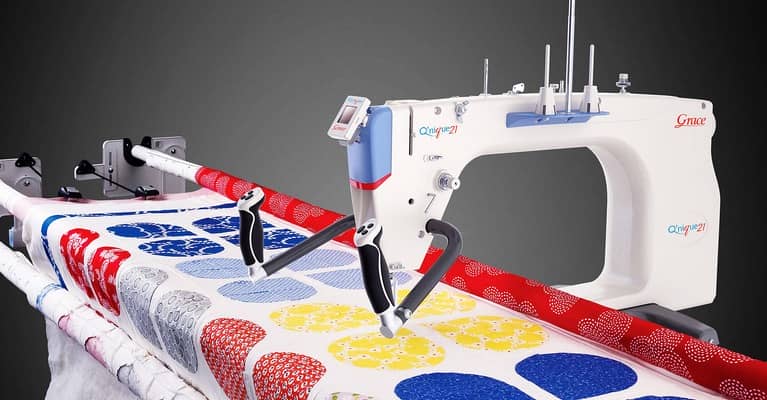
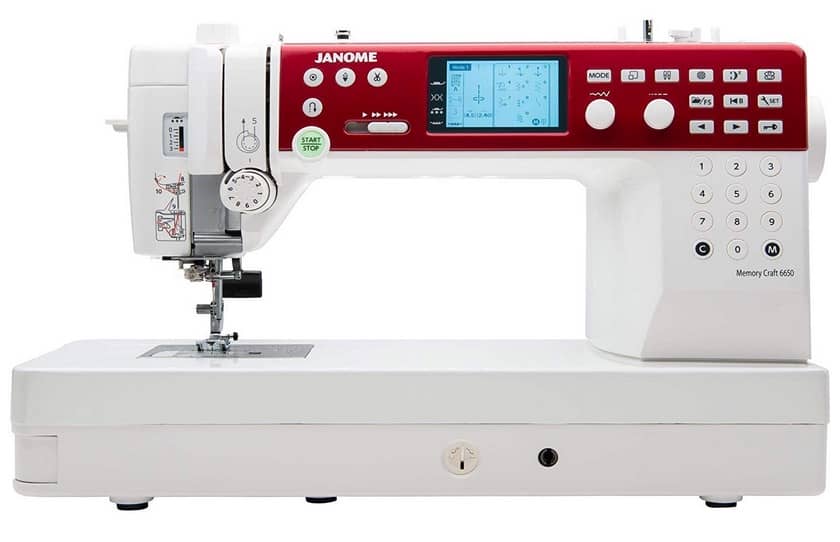
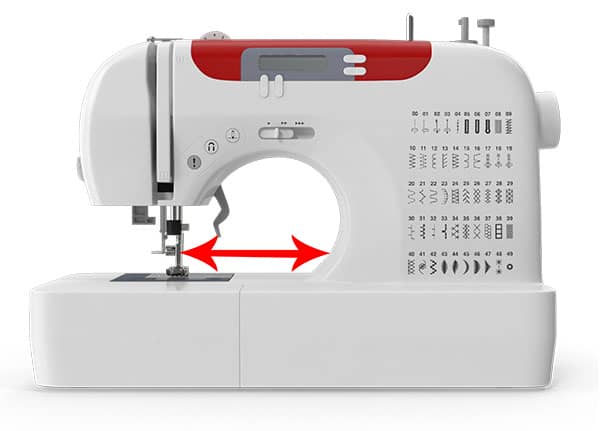
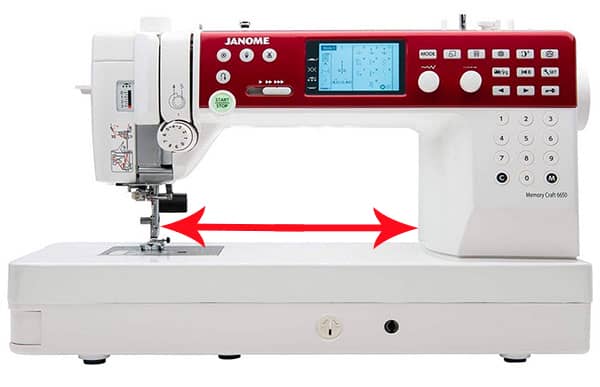
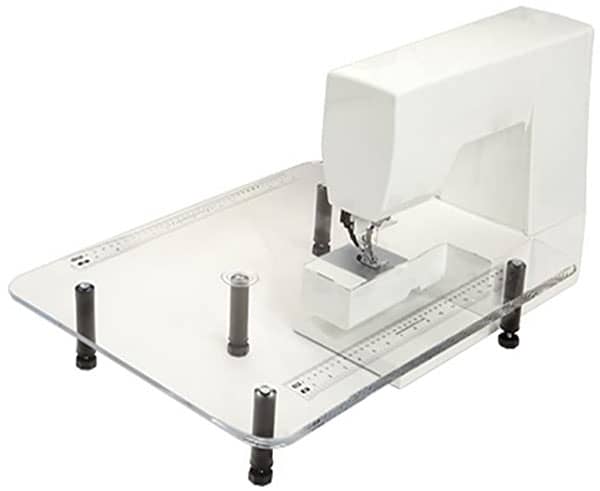
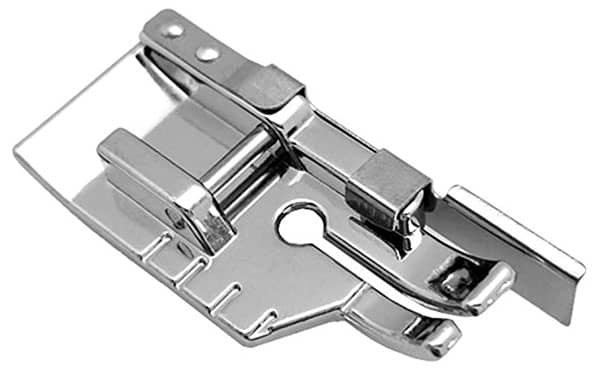
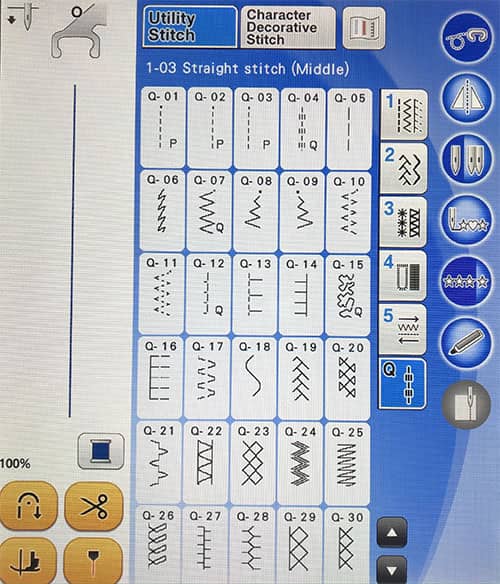
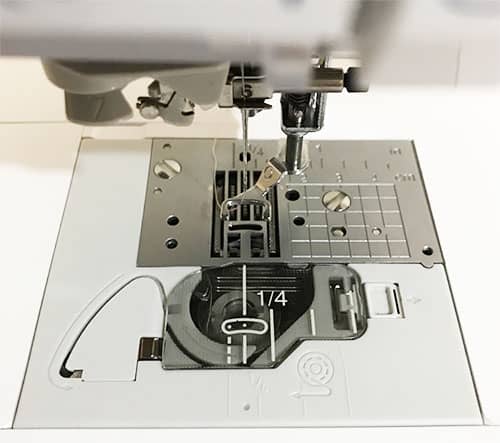
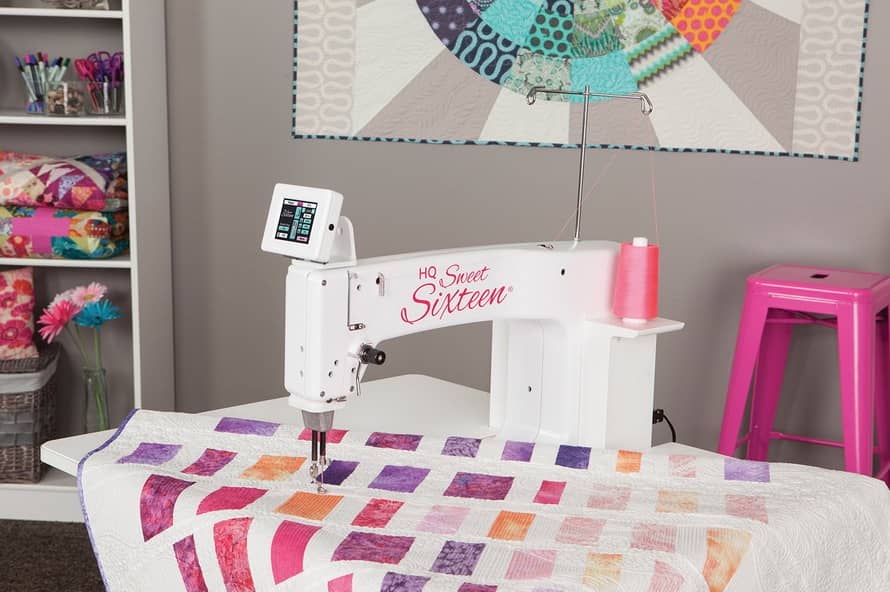


Nancy Jones says
I have a question for you: if I wanted to get a 10 ft frame for my quilting machine what do I do with my other frame?
Thanks,
Nancy Jones